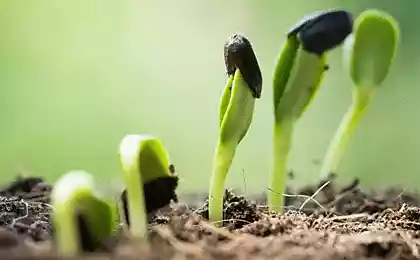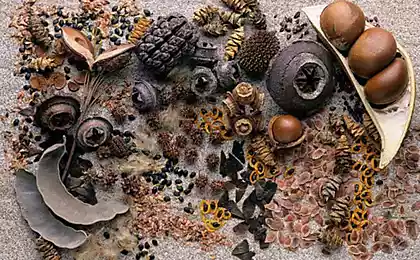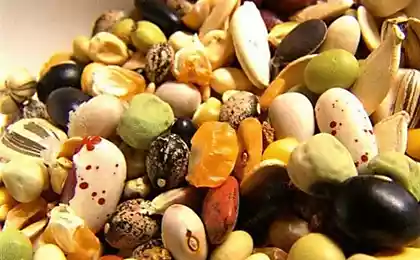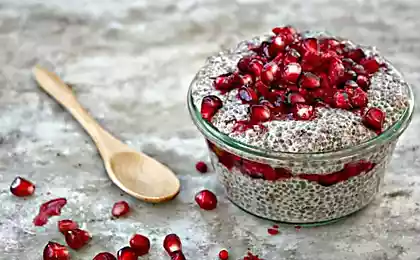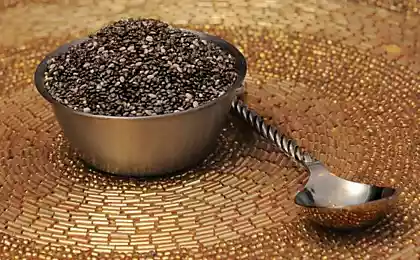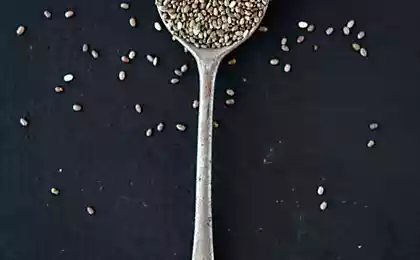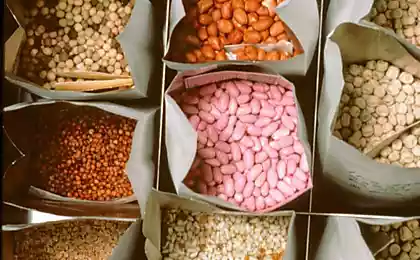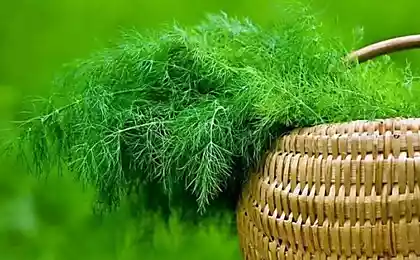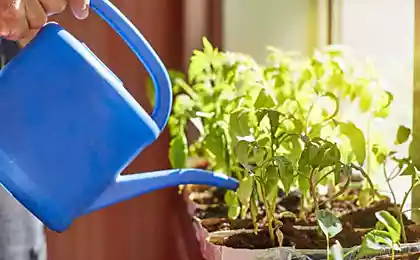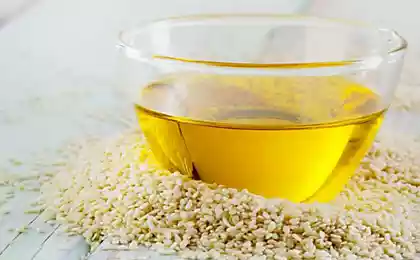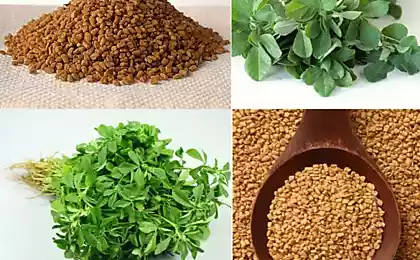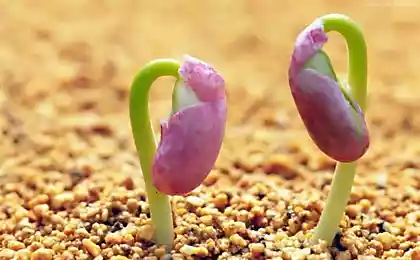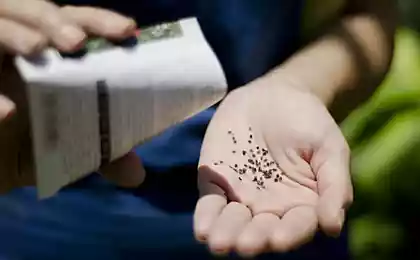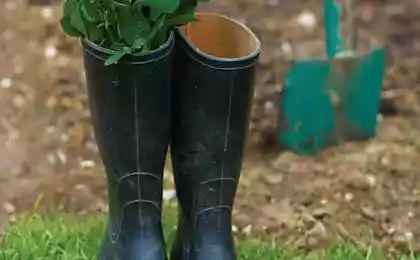471
5 rules for the collection and storage of seeds
Autumn — time to harvest. But before vacationers often the challenge is not only to harvest, but to prepare, and most importantly, keep the seeds until spring. And that the efforts were not in vain, I follow these simple rules for their collection and storage.

Rule # 1
Seeds should be collected in dry weather. If they do not dry out in the warm they heat up, covered with mold and spoil.
The moisture level of the seeds of most vegetable crops should be below 10%. Of course, to determine this rate without the device is difficult. But you can use this method: try to break the seed. If this fails, it means the humidity is higher than normal.
Rule # 2
Seeds that lay on the long-term storage, you first need to be cleared of debris, and remove diseased and damaged copies. To do this:
Seeds of tomatoes, eggplant, carrots and parsley, pour in fabric bags (the third volume) and triturated with your hands. Then alternately pour the seeds in a weak solution of salt, stir, allow to settle. Debris and empty seeds quickly emerge, they are removed. The rest washed in water and dried. Rule # 3
The seed germination is better preserved if you keep them indoors with air temperature from 0 °C to 5 °C and a constant humidity of 55 %. Since it is difficult to create the ideal conditions, it is important to ensure that there were no sharp fluctuations in temperature and humidity. Oddly enough, the most suitable place for storage of seeds are considered to be the living room — because of the fact that there are seldom sudden changes in humidity and temperature.
Rule # 4
Seeds are best stored in polyethylene and paper bags or in cloth bags. For storage of large seeds suitable boxes for the chocolates. Not be amiss to arrange them in the ventilation, making small holes in the lid. Also in each box I put a clove of garlic, which kills bacteria.
Rule # 5
During the winter, in order not to lose the seed, I at least three times, and plucked the seeds, removing diseased or rotting. And try at least once to collect and save your own seeds. This is an important skill for every gardener, and at the same time saving budget.published
Natalia Antonov, Kaliningrad
P. S. And remember, only by changing their consumption — together we change the world! ©
Join us in Facebook and in Vkontakte, and we're Classmates
Source: www.7dach.ru

Rule # 1
Seeds should be collected in dry weather. If they do not dry out in the warm they heat up, covered with mold and spoil.
The moisture level of the seeds of most vegetable crops should be below 10%. Of course, to determine this rate without the device is difficult. But you can use this method: try to break the seed. If this fails, it means the humidity is higher than normal.
Rule # 2
Seeds that lay on the long-term storage, you first need to be cleared of debris, and remove diseased and damaged copies. To do this:
Seeds of tomatoes, eggplant, carrots and parsley, pour in fabric bags (the third volume) and triturated with your hands. Then alternately pour the seeds in a weak solution of salt, stir, allow to settle. Debris and empty seeds quickly emerge, they are removed. The rest washed in water and dried. Rule # 3
The seed germination is better preserved if you keep them indoors with air temperature from 0 °C to 5 °C and a constant humidity of 55 %. Since it is difficult to create the ideal conditions, it is important to ensure that there were no sharp fluctuations in temperature and humidity. Oddly enough, the most suitable place for storage of seeds are considered to be the living room — because of the fact that there are seldom sudden changes in humidity and temperature.
Rule # 4
Seeds are best stored in polyethylene and paper bags or in cloth bags. For storage of large seeds suitable boxes for the chocolates. Not be amiss to arrange them in the ventilation, making small holes in the lid. Also in each box I put a clove of garlic, which kills bacteria.
Rule # 5
During the winter, in order not to lose the seed, I at least three times, and plucked the seeds, removing diseased or rotting. And try at least once to collect and save your own seeds. This is an important skill for every gardener, and at the same time saving budget.published
Natalia Antonov, Kaliningrad
P. S. And remember, only by changing their consumption — together we change the world! ©
Join us in Facebook and in Vkontakte, and we're Classmates
Source: www.7dach.ru

